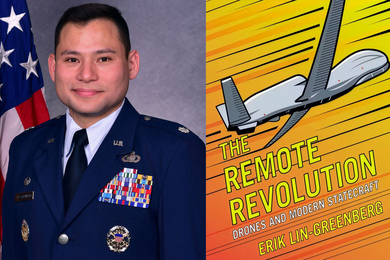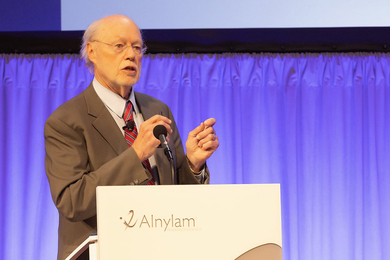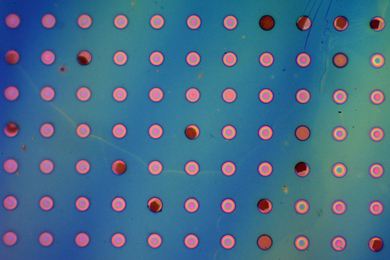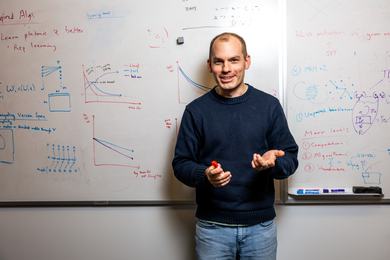Tamika and Brendan had identical backgrounds and credentials. Yet when their resumes were submitted in response to help wanted ads in Boston and Chicago, many more prospective employers were interested in Brendan.
Tamika and Brendan were two names selected by researchers at MIT and the University of Chicago School of Business to test whether applicants with black-sounding names received a fair shake when applying for a job. The answer: No!
After submitting 5,000 resumés to 1,250 advertisers seeking administrative and sales help, researchers in both cities found that Brendan, Gregg, Emily and Anne received 50 percent more responses across the board than Tamika, Aisha, Rasheed and Tyrone. Family names used for white applicants were Baker, Kelly, McCarthy, Murphy, Murray, O'Brien, Ryan, Sullivan and Walsh. The African-American family names were Jackson, Jones, Robinson, Washington and Williams.
The "white" applicants received one response--a call, letter or e-mail--for every 10 resumés mailed, while African-Americans with equal credentials received one response for every 15 resumés.
"There was as much discrimination for the cashier-type jobs as there was for jobs like assistant to the president," Professor Sendhil Mullainathan, who was one of the researchers, told WBUR radio's Dick Gordon on "The Connection" on Martin Luther King Day.
"We designed this study to examine how much credentials matter on the resumé," said Mullainathan, an associate professor of economics at MIT. "We created two of the resumés to be better than the other two," claiming an unbroken record of employment, volunteer activities and other "things employers like."
"Then we made one of the good ones African-American and one of the good ones white, at random," Mullainathan said. "What we were interested in is how much did these credentials actually help African-Americans and how much did they help the white names?"
Candidates with superior credentials who had typically white names received 30 percent more callbacks. The same credentials meant little to those with typically African-American names.
"Perhaps they didn't look past the name ... Or perhaps they look past the name but they discount the skills when it belongs to Tamika but they don't discount it when it belongs to Brendan," Mullainathan speculated, searching for an explanation.
Prior to the study, Mullainathan said human service managers anticipated a reverse discrimination gap. After receiving the results, he noted that the managers acknowledged the problem and wondered how to rectify it. Many of the firms listed themselves as equal opportunity employers in the ads.
"It doesn't seem like the problem is that they're sitting there going, "'Well, I really don't want Tamika here,'" he said. "The problem seems to be that they read through hundreds of resumés very fast and try to form an impression of the person from the resumé. And subconsciously, if you see the name Tamika it's going to bleed into your overall impression, it's going to cue all the negative stereotypes you might have implicitly ... of African-Americans, and I think that's hard to challenge."






